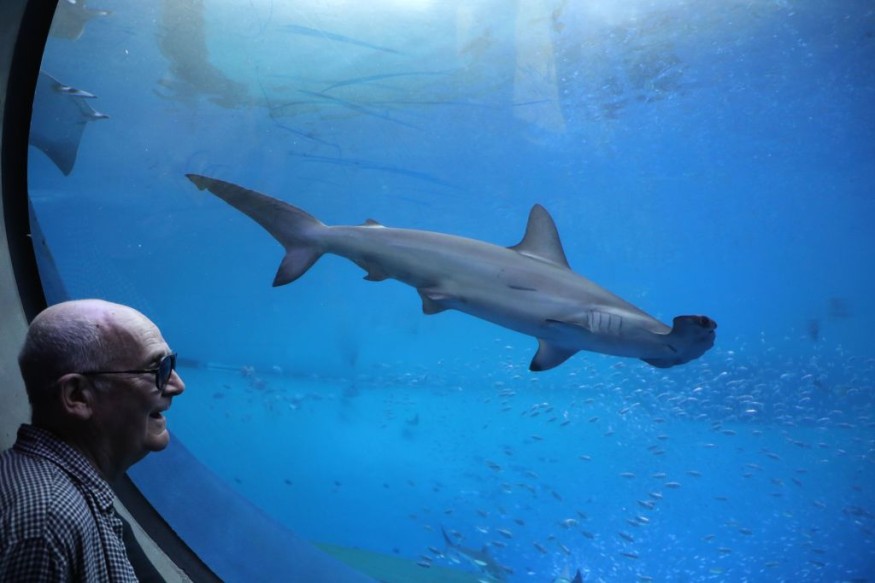Researchers from the University of Western Australia discovered critically endangered hammerhead shark species in Perth metropolitan waters, further south.
According to Naima Andrea Lopez, lead author and Ph.D. candidate at the University of Western Australia's Marine Future Lab, the recurrent aggregation of the rare hammerhead shark species, scalloped hammerheads, in the waters of Perth metropolitan has significant conservation implications for the species.
Discovery of Critically Endangered Hammerhead Shark Species

A team of researchers conducted weekly drone surveys of the waters south of Perth over two summers to document the aggregation status of the rare hammerhead species.
The team identified the aggregating sharks as the rare scalloped hammerheads. They are known to inhabit more tropical regions of Australia and are rarely seen in the south of Jurien Bay.
Under the Environmental Protection and Biodiversity Conservation Act, the scalloped hammerhead species are listed as conservation dependent in Australia. However, its conservation status is still under review.
PhD student Naima Andrea López has recorded an endangered species of hammerhead shark in Perth waters, further south than ever seen before. #UWA
— UWA (@uwanews) February 22, 2022
Lopez says that Australia should consider a precautionary approach when reviewing the conservation status of the scalloped hammerhead shark species until the southern extent of the distribution in Western Australia could be more established.
He adds that the presence of the rare hammerhead shark aggregation so far south appears to be a relatively recent phenomenon indicating a poleward shift in the species' distribution due to the warming of oceans which exposes the animals to even greater fishing pressures, PhysOrg reported.
Professor Jessica Meeuwig, co-author of the study, explains that the current catch of these critically endangered hammerhead sharks in Western Australia was unknown until recently. Therefore, relying on historical catch composition data to further understand the recent catch may be the valid route. She adds that until the contemporary composition of recreational and commercial hammerhead catches are verified, both the Federal and State governments should strengthen the protection of the rare species, especially those in the aggregation sites.
ALSO READ : Asian Unicorn Now Critically Endangered; Hunt for Saolas Still on Progress to Prevent Extinction
Scalloped Hammerhead Sharks: Rare and Critically Endangered
According to OCEANA, the scalloped hammerhead is an active predator like other hammerhead sharks. However, due to the unique shape of its head, it has gained several advantages. The animals' wide spaces, eyes, nostrils, and other features allow the shark to locate its prey near the seafloor successfully. It may also use its head to pin stingrays to the bottom, allowing them to subdue and successfully eat their prey.
The rare hammerhead species, Sphyrna lewini, can weigh up to 335 pounds and grow up to 11 feet long. The scalloped hammerhead can live up to 30 years and is usually found across the globe in tropical waters. However, due to overfishing and bycatch, it is listed as endangered in various waters.
In contrast to reports depicting them as dangerous, hammerhead species are normally very shy and avoid people as much as possible. They are harmless to humans.
The study titled "Identification of the southernmost aggregation of scalloped hammerhead sharks (Sphyrna lewini) in Australia" was published in Austral Ecology.
RELATED ARTICLE: Chester Zoo's Baby Aardvark Resembles Harry Potter's House-Elf Dobby [Watch]
Check out more news and information on Endangered Animals in Science Times.
© 2026 ScienceTimes.com All rights reserved. Do not reproduce without permission. The window to the world of Science Times.










